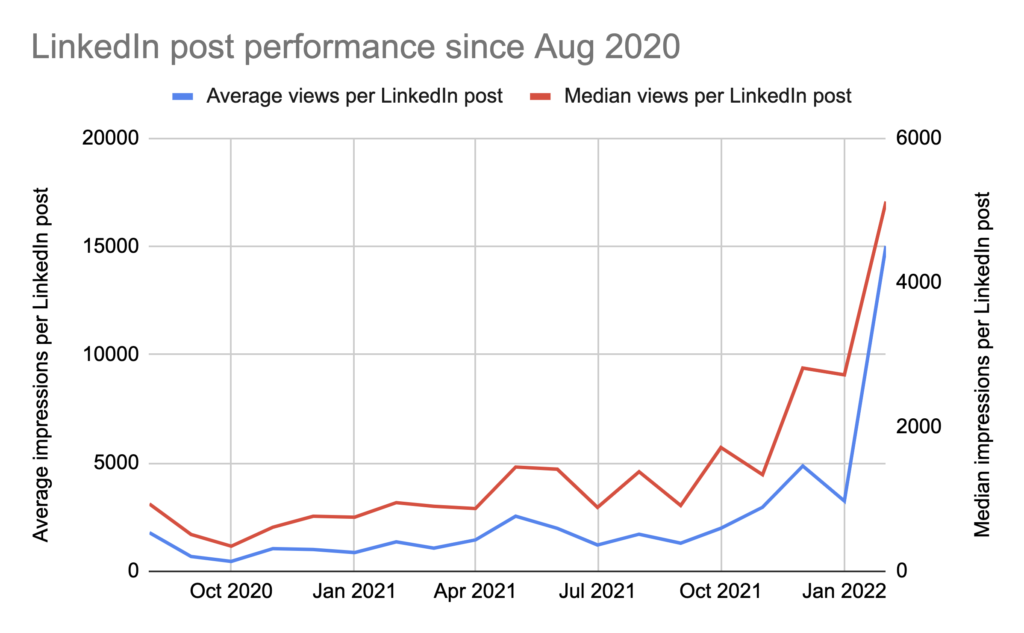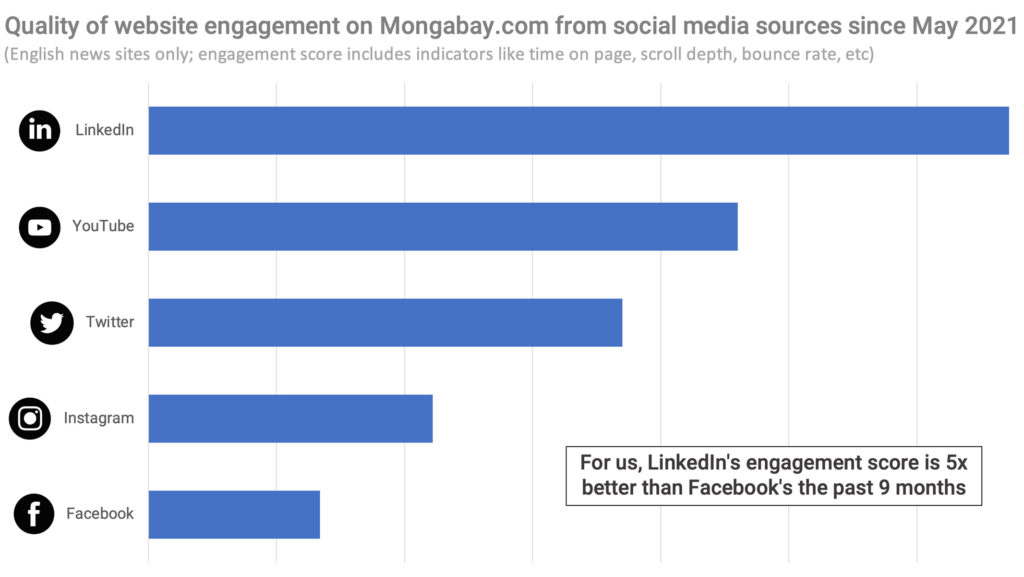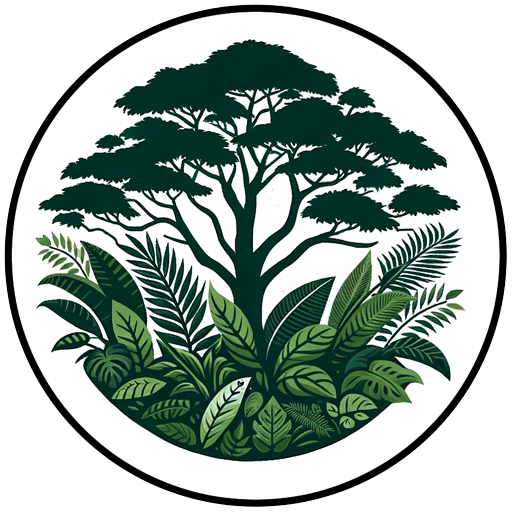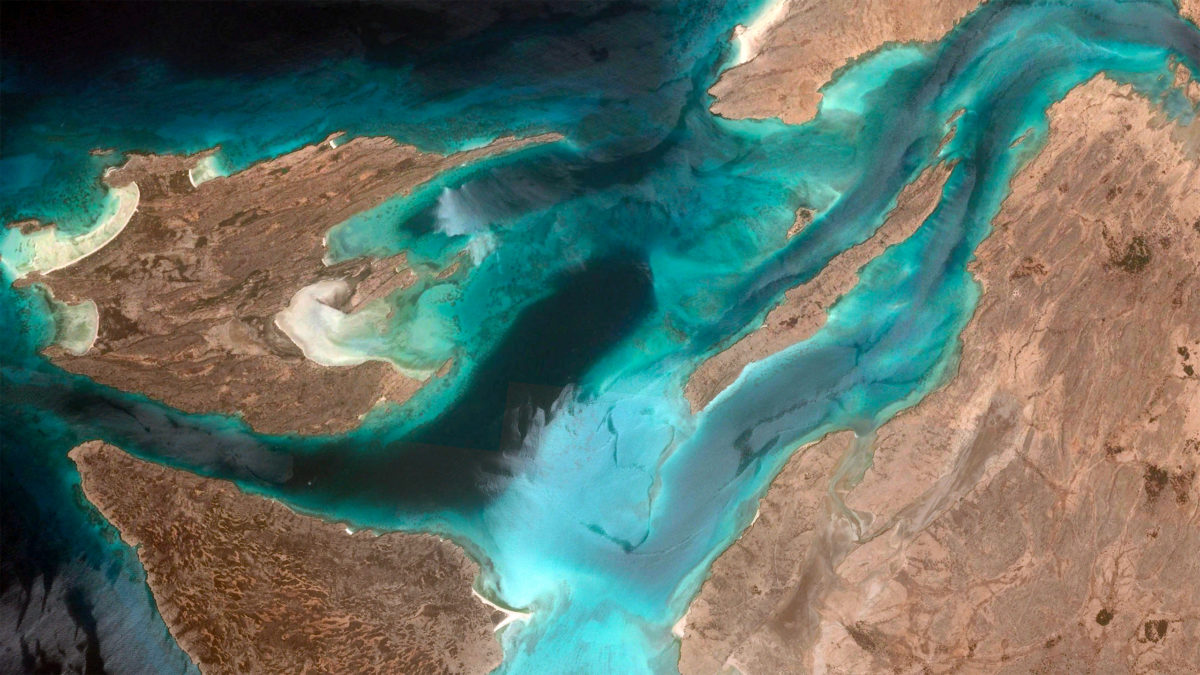In response to my recent LinkedIn post about Mongabay’s decision to deprioritize Facebook, a number of people have asked about Mongabay’s experience with LinkedIn.
We started prioritizing LinkedIn as an outreach channel in the past few months, so I’m by no means an expert and can only share our early experiences with the platform.

So far we’ve found the quality of engagement on LinkedIn to be consistently higher than the other social media channels where Mongabay currently has a significant presence (including Facebook, Instagram, Twitter, YouTube, and LinkedIn).
For organic website traffic, LinkedIn’s engagement score for Mongabay is about 5x higher than Facebook, 3x higher than Instagram, 1.8x higher than Twitter, and 1.5x higher than YouTube. Our engagement score calculation factors in the average pageviews per session, bounce rate, time on page, and scroll depth. The higher the score the better.

But website engagement is only one indicator. If we look at the quality of engagement on our posts within the platforms, LinkedIn also clearly outperforms, with higher median and average view counts, comment rates, shares, and reactions.
We’ve also seen LinkedIn performance improve as we engage more on the platform through Mongabay pages and my account, which is a vehicle for Mongabay as a whole. See the chart below for the average and median views per LinkedIn post the past year and a half – note that we stepped up LinkedIn as a priority starting in May 2021 and starting applying more strategy in October 2021.
Beyond quantitative metrics, we’ve found LinkedIn to be quite valuable. As a nonprofit environmental news outlet that has the dual social media goals of informing readers and collecting information on the impact of our reporting, being able to see not only how many people engage with our content, but who they are, is extremely useful.
For example, if we do an investigation on the palm oil sector and see a lot of readership among people who work at consumer products companies that source palm oil like Nestle and Unilever, that tells us that we are reaching a key target audience. Additional impact anecdotes may come via follow up messages and comments.
And of course there are the connections that result from the platform: feedback, introductions, story tips, partnerships, and new opportunities.
So my assessment after a few months is that LinkedIn is an extremely valuable platform for reaching audiences that drive impact. And as an impact-minded journalism organization, this is a major positive.

